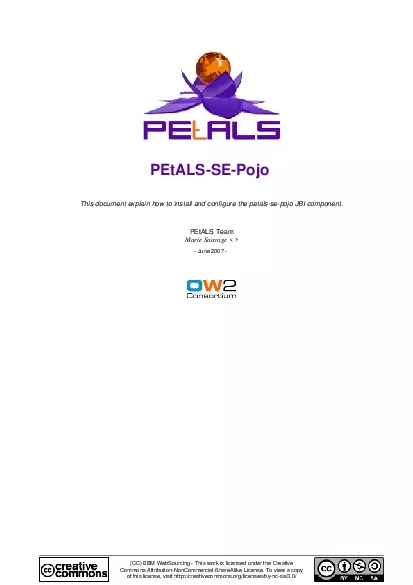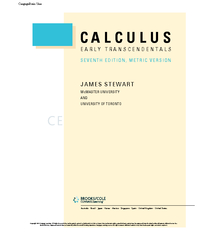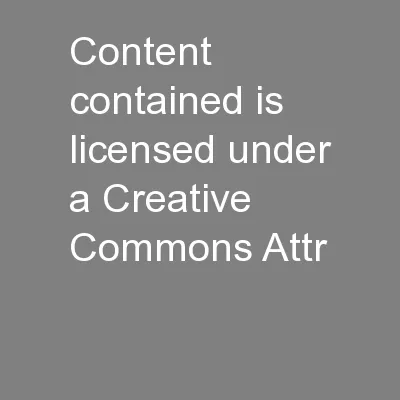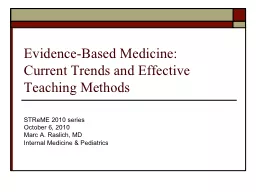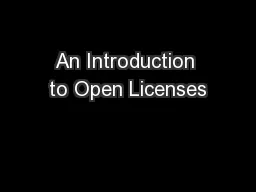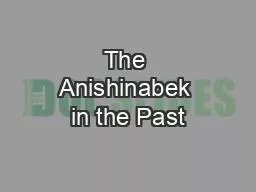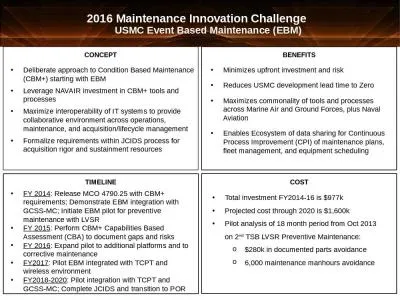PDF-CC EBM WebSourcing This work is licensed under the CreativeCommons A
Author : audrey | Published Date : 2021-08-07
PEtALSSEPojo This document explain how to install and configure the petalssepojo JBI componentPEtALS TeamMarie Sauvage x0000 June 2007 PETALSSEPOJOPEtALSSEPojo4PETALSSEPOJOThe
Presentation Embed Code
Download Presentation
Download Presentation The PPT/PDF document "CC EBM WebSourcing This work is license..." is the property of its rightful owner. Permission is granted to download and print the materials on this website for personal, non-commercial use only, and to display it on your personal computer provided you do not modify the materials and that you retain all copyright notices contained in the materials. By downloading content from our website, you accept the terms of this agreement.
CC EBM WebSourcing This work is licensed under the CreativeCommons A: Transcript
Download Rules Of Document
"CC EBM WebSourcing This work is licensed under the CreativeCommons A"The content belongs to its owner. You may download and print it for personal use, without modification, and keep all copyright notices. By downloading, you agree to these terms.
Related Documents

